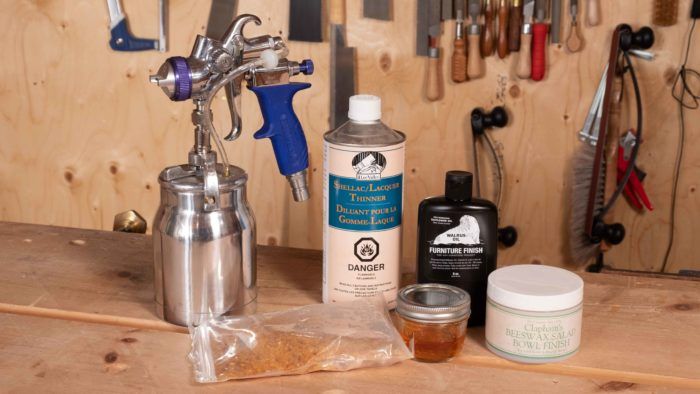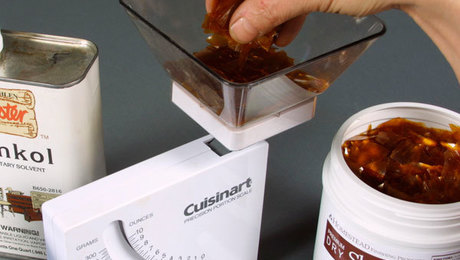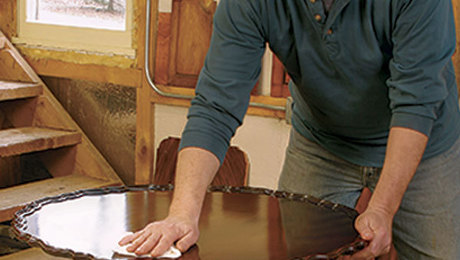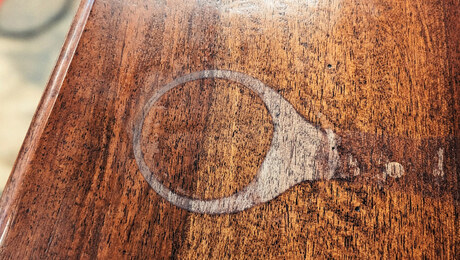The Thing with Finish
Vic Tesolin doesn't have a favorite finish, he uses the one that is the most appropriate... which is almost always shellac
“What’s your favorite finish”?
How do you answer that without sounding snarky? I usually answer, “All of them?” and then I’m met with that look that normally accompanies the word “jerk.” The truth is that I like all different types of finish, but I don’t have a favorite. I use the finish that is the most appropriate.
As a rule, I try to use as sheer a finish as I can get away with. I’m not a fan of finishes that leave wood with that candy-coated look (don’t even get me started on epoxy). I also have to be practical. When I did more commission work, I would always consider how badly a client could screw up the finish, so I often ended up using a spray finish.
I use a lot of shellac for various finishing jobs. In some cases, I use the shellac in a 1/2-lb. cut as a sealer that goes under any topcoat. It evens out the absorption of the topcoat and helps with the reduction of moisture transfer. I will use a 2-lb. cut inside boxes and drawers because once the alcohol evaporates, there is no lingering smell. The same cannot be said of oil finishes and hopefully you only make that mistake once, like I did.
If the project will never be exposed to liquids (especially alcohol), then I use a 4-lb. cut as a topcoat. Many pieces of shop furniture get this treatment because it is quick and easy to apply. One or two coats is all I generally use because a 4-lb. cut builds pretty quickly. Shellac also dries to a fairly high sheen so I rub out the shellac with some 0000-steel wool to knock down the shine.
I also like using wax on light-use wooden objects such as boxes and decorative items. The wax I use is actually billed as “salad bowl” finish. This simply means that some mineral oil has been added to the mix to allow the wax to penetrate a bit deeper. This deeper penetration will darken the wood sufficiently and the wax will give just the right amount of protection. If you apply the wax with 0000 steel wool, you will end up with a silky-smooth surface that you can buff out with a bit of paper bag material. Heavy paper bags have just the right amount of tooth to do the trick.
So I guess as I write this, I’d have to say that my answer to the original question is shellac. Maybe now people will stop giving me that look. If you haven’t used shellac before, learn about it and give it a go on some test pieces. I think you will be impressed with its versatility and results on wood. Try out different finishes and find one that will suit your needs.
In order to understand, you must do. – Vic
Sign up for Vic’s “Make a Japanese Toolbox” at Fine Woodworking Hands On in San Diego. In the class, Vic will take you through the layout and joinery for putting together a solid toolbox. You will also learn how to use your toolbox as a workholding solution for using hand tools. If you come prepared with a list of tools and sizes of those tools, you can even customize the box for your specific needs. As time allows, Vic will also show you how to add tool wells, dividers, or sliding tills to make your box even more useful.
 |
|
 |
|
 |
Fine Woodworking Recommended Products

Bumblechutes Bee’Nooba Wax

Waterlox Original

Foam Brushes






















Log in or create an account to post a comment.
Sign up Log in